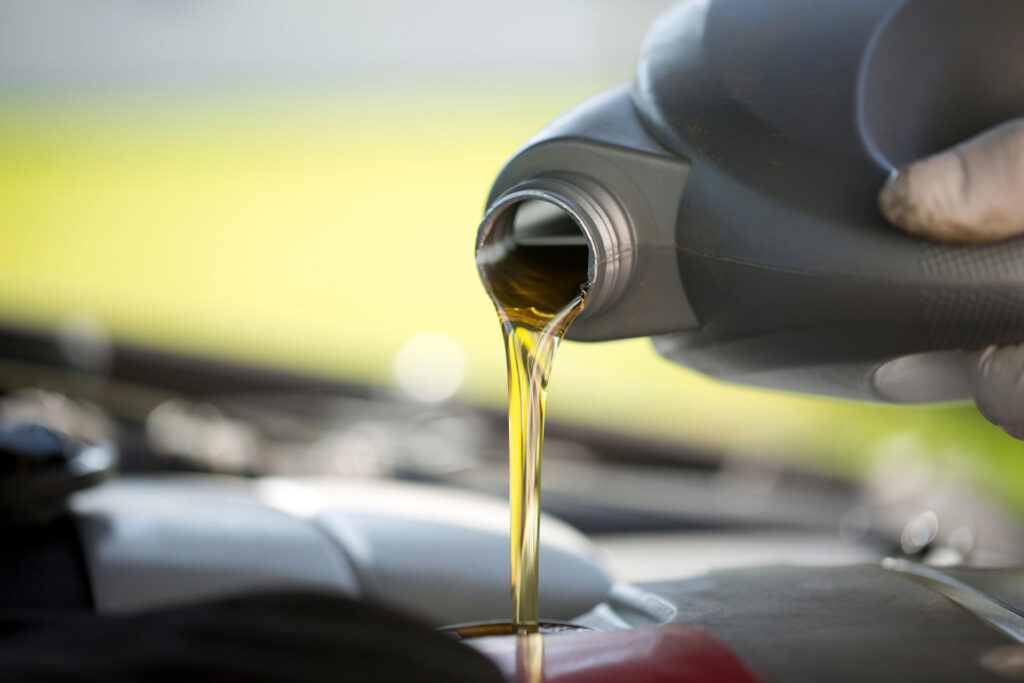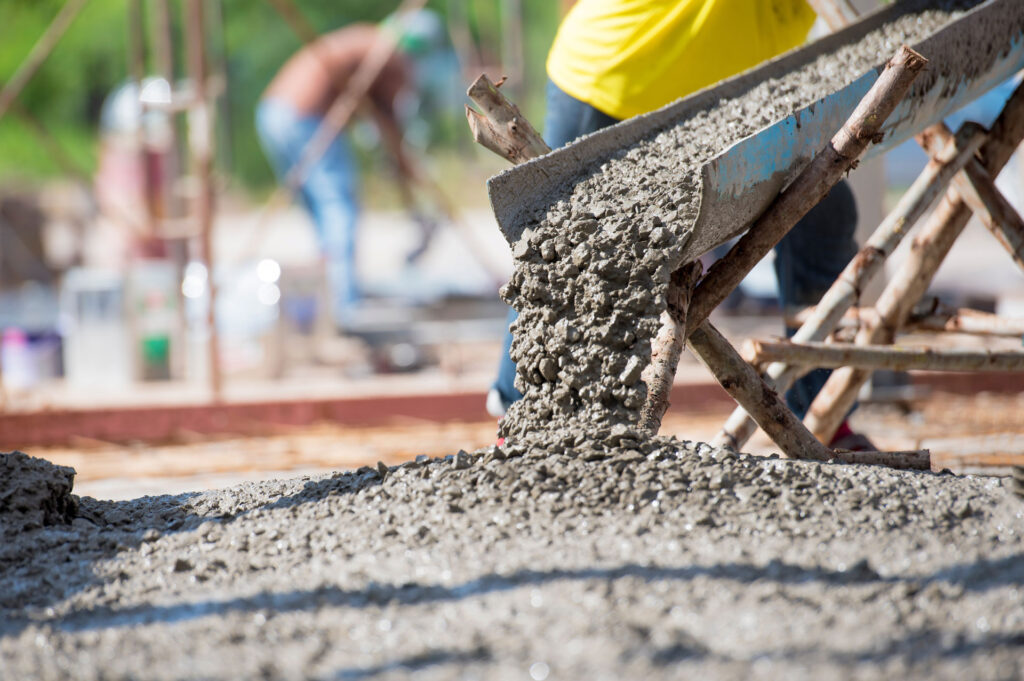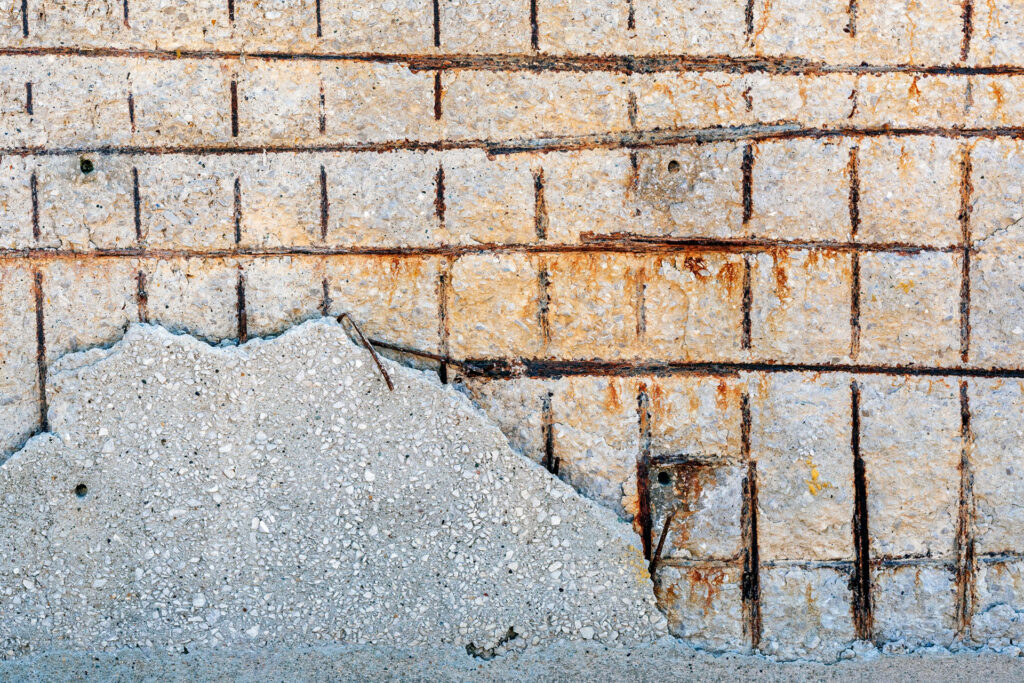Carbon dioxide is a common greenhouse gas. The more that is produced, the more it affects the environment, in Reno and worldwide. Cement production is a major source of carbon dioxide in the air. But when concrete hardens and interacts with the atmosphere over time, it actually becomes a carbon dioxide absorber. Let‘s go over some of the details about the relationship between concrete and carbon dioxide.
Releasing Carbon Dioxide When Making Cement
The primary greenhouse gas issue with the manufacture of concrete lies with the production of cement. Cement is a vital ingredient to concrete, but making cement involves heating limestone to intense temperatures, typically over 1,000 degrees Fahrenheit. Heating limestone to that temperature releases carbon dioxide from the limestone itself, but the heating fuel is also an issue – burning releases a lot of carbon dioxide into the air. Studies show that for every pound of cement produced, .9 pounds of carbon dioxide gets released.
Reabsorbing Carbon Dioxide During Carbonation
But once that cement is used to make concrete, it gradually reabsorbs carbon dioxide from the surrounding air. Once absorbed, the carbon dioxide reacts to other materials within the concrete. This process is called carbonation. By means of carbonation, concrete absorbs nearly 60% of the amount of carbon dioxide that was released during its manufacture. Not only that, but studies show that carbonation potentially helps concrete to become more durable over time. A recent study calculated that within a span of 83 years, worldwide concrete has absorbed more than 20% of the amount of carbon dioxide absorbed by forests on Earth – an estimated 16 gigatons!
Other studies and experiments are underway to determine how to further use the ability of concrete to absorb carbon dioxide. One direction of research is injecting harvested carbon dioxide into a concrete mix. Once the carbon dioxide is within the mix, it doesn’t escape or get released. Another idea is using old, crushed concrete in the production of new concrete. The idea is to reduce how much cement needs to be created, thereby limiting the release of carbon dioxide during the manufacturing process.
The longer it lasts, the more carbon dioxide concrete can store. There’s no better way to protect your concrete than with epoxy coatings in Reno from Nevada Custom Coatings. If you’d like to learn more about epoxy coatings, we’re glad to answer your questions over the phone, through email, or even in person. Feel free to give our office a call or schedule an appointment online.


